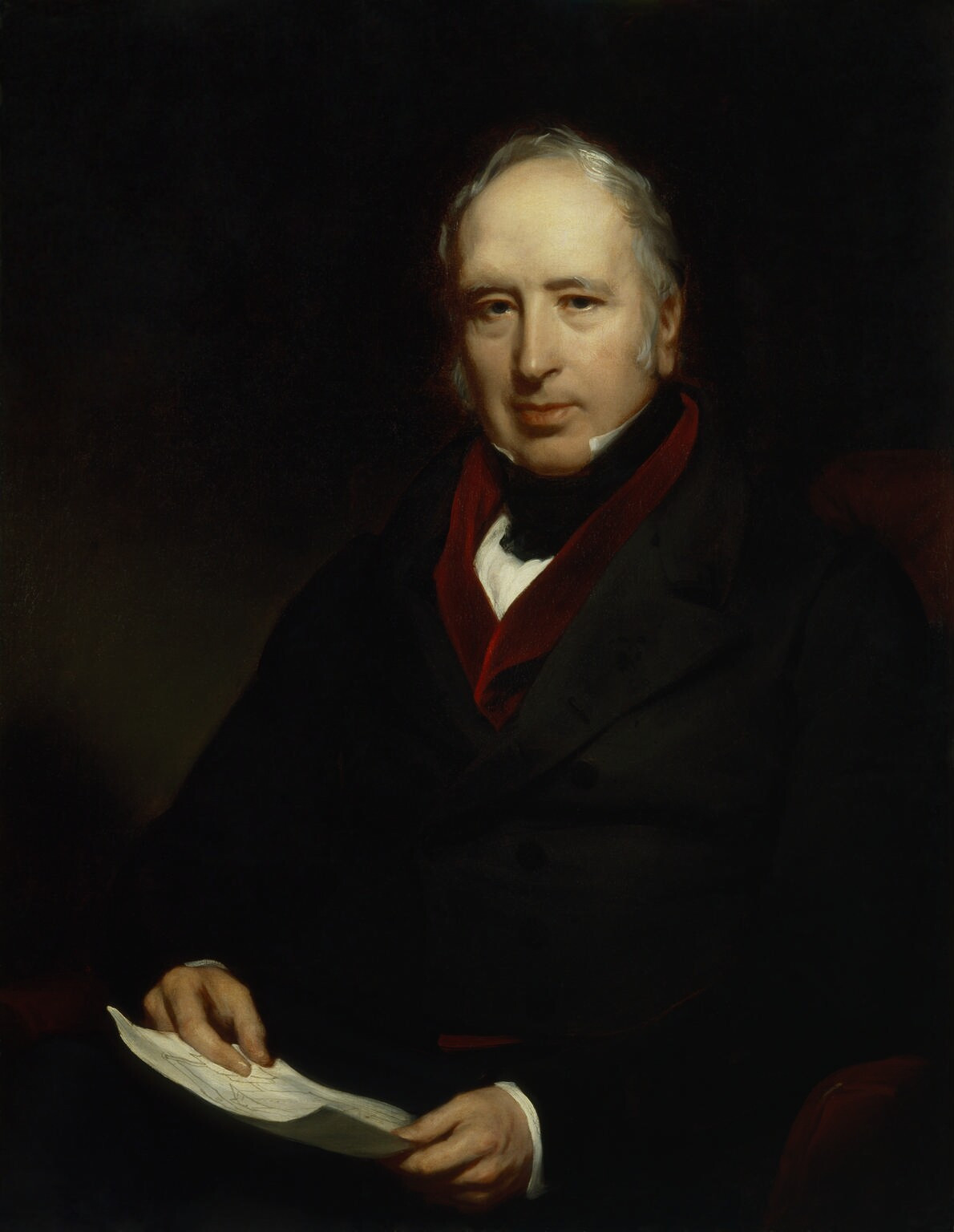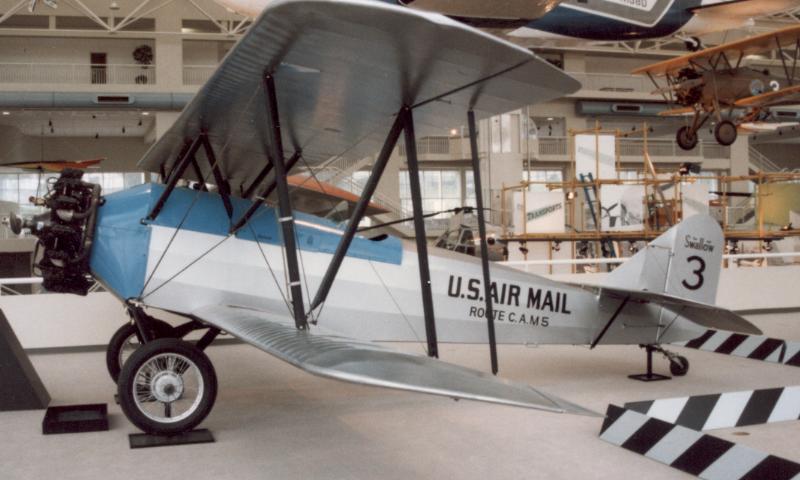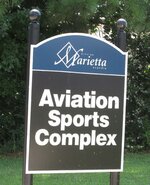Any Kill Devil Hill citizens here? 
I live in Tarnów (21*E, 50*N), the city is located just below northenmost hill of Carpathian Mountains (Góra św. Marcina).
- some 20 km from my town lived Jan Wnęk, one of aviation pioneers: Jan Wnęk - Wikipedia
- during the autumn 1914 offensive, Russian forces seized Tarnów, and established line of front at Dunajec river; several kilometers to the west, in the woods of Biadoliny, A-H army set a battery of 305 and 420 mm mortars nad howitzers, and for the first time in history, an airplane with radio (Albatros B.I "Muzzl", crew: Oblt. Max Hesse and Oblt. Ludwig Dumbacher) was used to observe and adjust the artillery. In January 1915, the plane+cannons duo managed to hit the railway station, just seconds after arrival of the train with several high-rank Russian officers. Albatros B.I - Wikipedia
- during the WWII, the parts of V2 rocket were stored in Tarnów just before Op. Wildhorn/Most III. Operation Most III - Wikipedia
There was also a baloon club at the chemical factory in Mościce (it is western part of Tarnów now) before WWII, my grandpa was a member of it.
Now, there is just a small airfield for modellers and ultralight planes.
How about You, guys?
I live in Tarnów (21*E, 50*N), the city is located just below northenmost hill of Carpathian Mountains (Góra św. Marcina).
- some 20 km from my town lived Jan Wnęk, one of aviation pioneers: Jan Wnęk - Wikipedia
- during the autumn 1914 offensive, Russian forces seized Tarnów, and established line of front at Dunajec river; several kilometers to the west, in the woods of Biadoliny, A-H army set a battery of 305 and 420 mm mortars nad howitzers, and for the first time in history, an airplane with radio (Albatros B.I "Muzzl", crew: Oblt. Max Hesse and Oblt. Ludwig Dumbacher) was used to observe and adjust the artillery. In January 1915, the plane+cannons duo managed to hit the railway station, just seconds after arrival of the train with several high-rank Russian officers. Albatros B.I - Wikipedia
- during the WWII, the parts of V2 rocket were stored in Tarnów just before Op. Wildhorn/Most III. Operation Most III - Wikipedia
There was also a baloon club at the chemical factory in Mościce (it is western part of Tarnów now) before WWII, my grandpa was a member of it.
Now, there is just a small airfield for modellers and ultralight planes.
How about You, guys?



